We independently evaluate all recommended products and services. If you click on links we provide, we may receive compensation.
As anyone who’s ever donned a pair of sky-high stilettos knows, heels — while flattering — are, in many cases, far from comfortable. Even chunkier and theoretically more “supportive” heels may cause your feet to ache with prolonged wear. While that soreness typically dissipates within a few hours after you take them off, wearing heels regularly could potentially have lasting consequences, says board-certified podiatrist Jason Gold, DPM, FACFAS.
“When you wear a high heel, the bones and joints need to compensate for the new position the body is placed in,” he explains. Your gait shifts and more of your weight is supported by the ball of your foot — a small anatomical area that isn’t used to carrying the bulk of your body weight. Over time, this repeated stress on the ball of your foot can cause inflammation of the bones, tendons, and nerves, which can be painful. The abnormal foot positioning, Dr. Gold notes, can also contribute to (or worsen) concerns such as bunions and hammertoes.
While that sounds pretty alarming, you probably don’t need to worry much unless you wear 5-inch pumps every day. “I’m a big believer in moderation, and wearing heels occasionally should not cause problems,” Dr. Gold says. Foot and ankle surgeon and Dr. Scholl’s partner Bradley Schaeffer, DPM, concurs and adds that opting for lower, thicker-heeled shoes may help keep some of the discomfort to a minimum. A lower heel can be a great option for those looking to minimize ball-of-foot discomfort, as “[they] don’t throw you so far forward,” he says. Thicker heels, meanwhile, provide a bit more stability when you walk and allow for a more even weight distribution from forefoot to heel.
If you plan to wear heels and want to minimize that post-stiletto soreness, Dr. Schaeffer recommends using an insole, such as Dr. Scholl’s Love Your Heels & Wedges Ball of Foot Cushions. “They create a protective barrier between your shoe and the ball of your foot and make wearing heels much more comfortable,” he says.
This article is for general informational purposes only.
Affiliate Disclaimer Medical Disclaimer



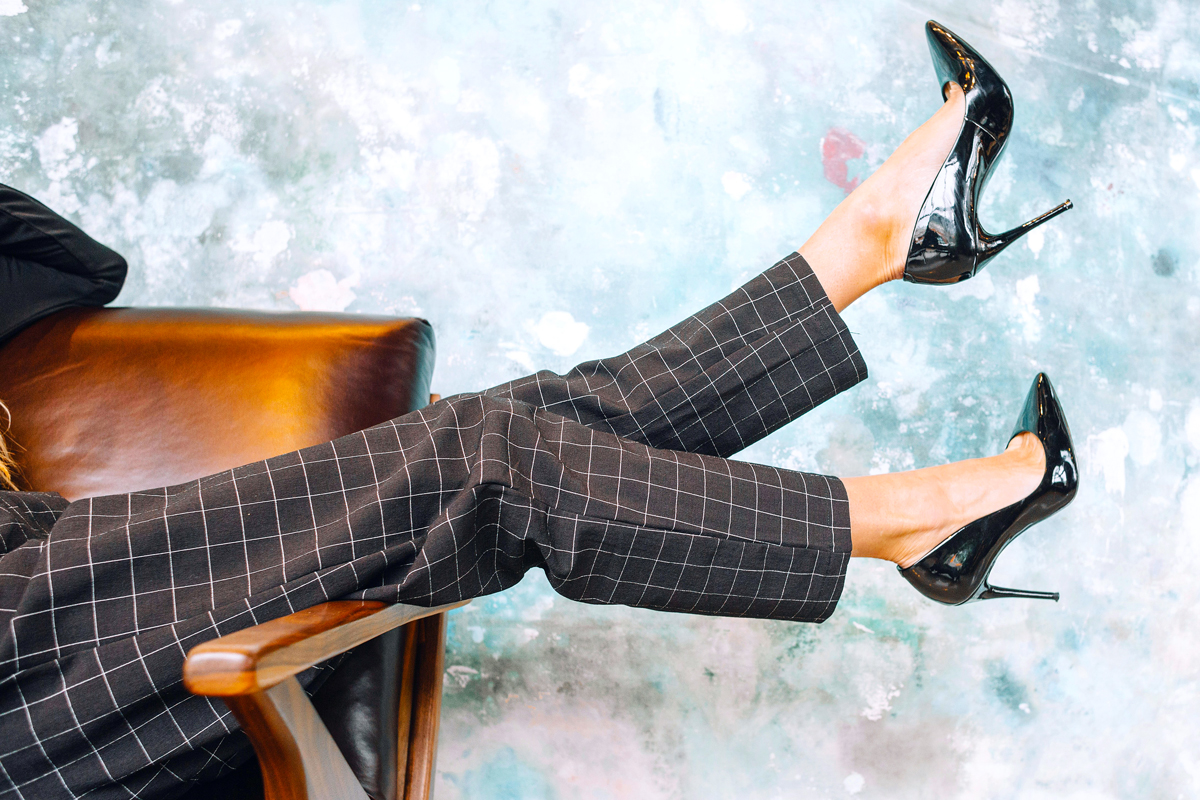
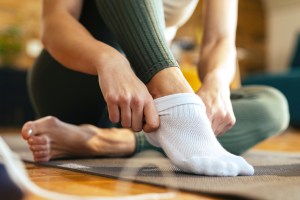


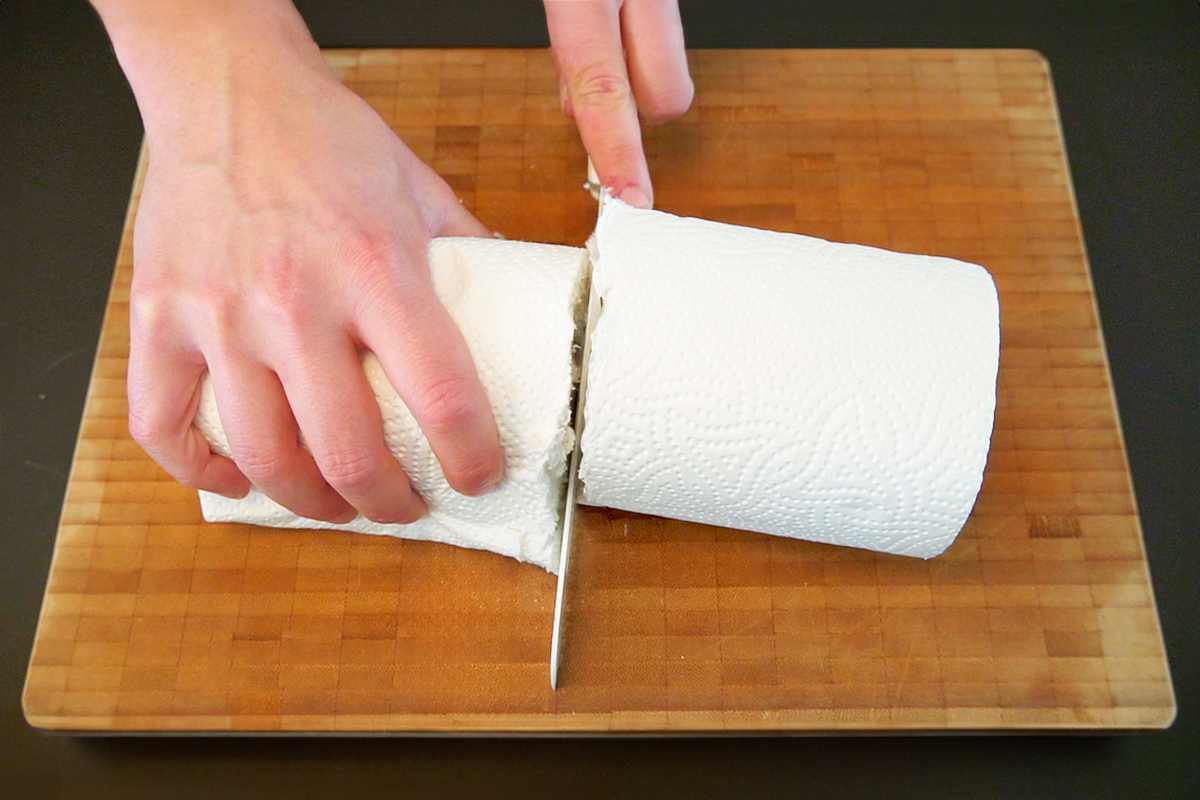

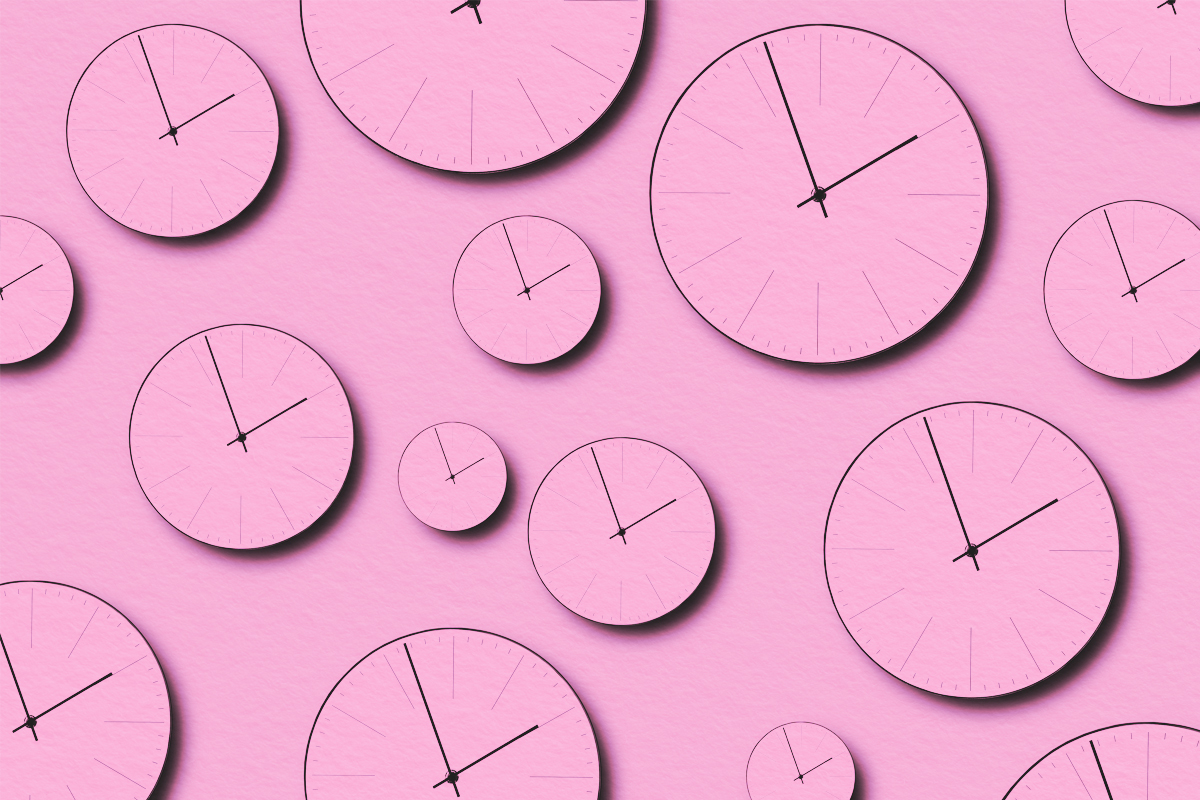
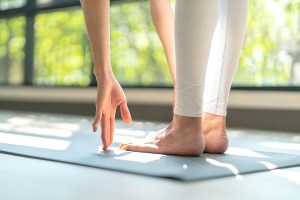


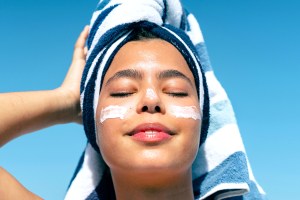


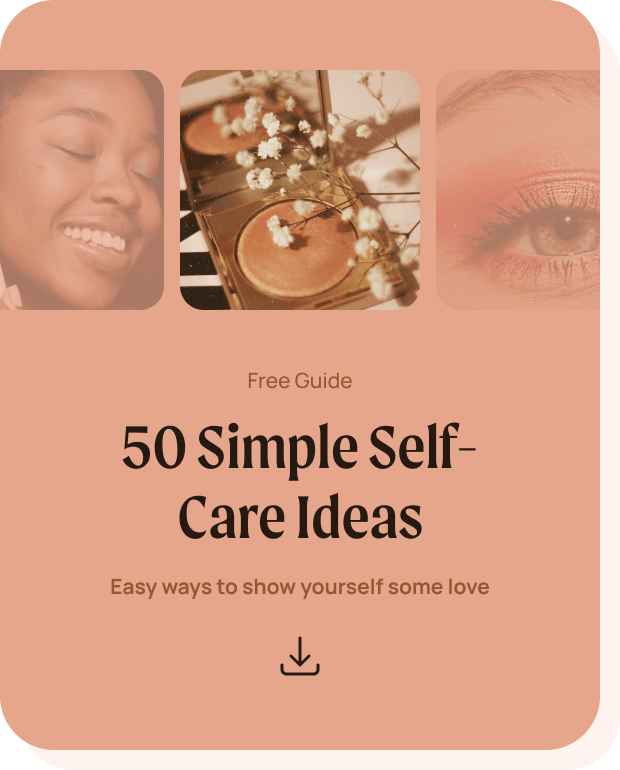 Unique Beauty is free for all users.
Unique Beauty is free for all users.